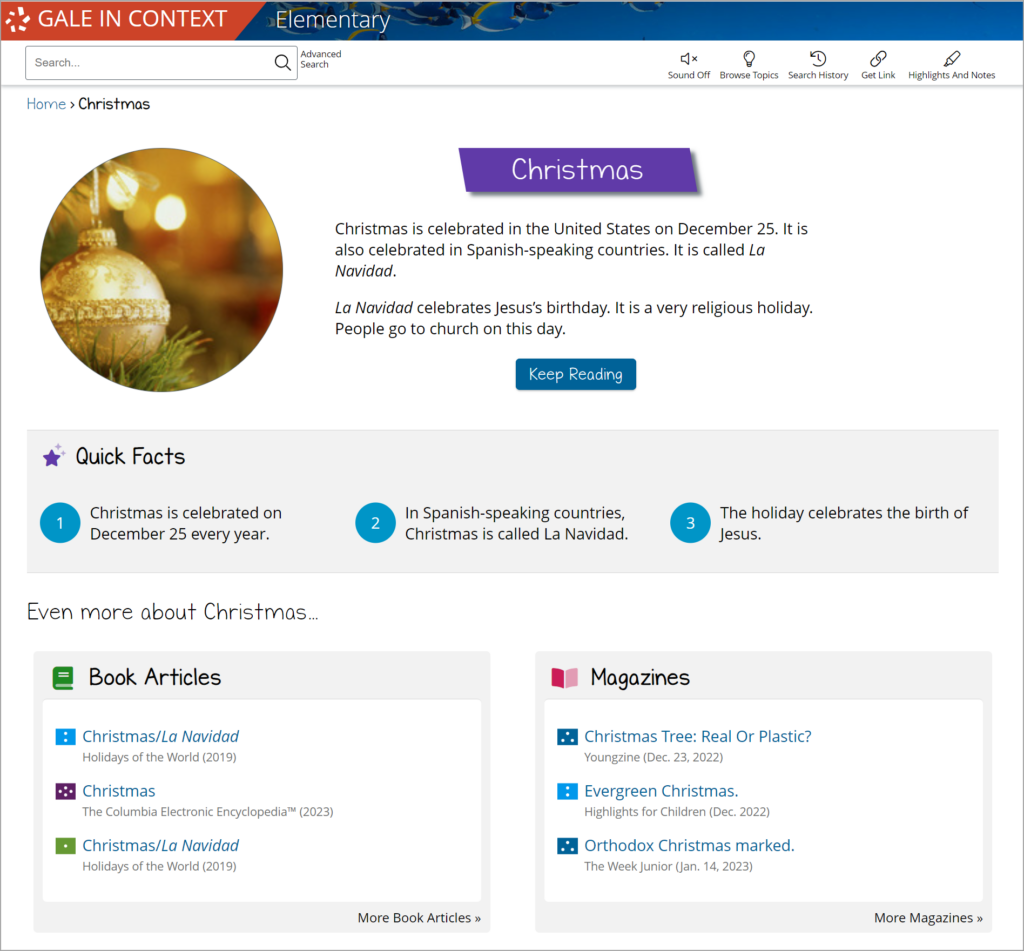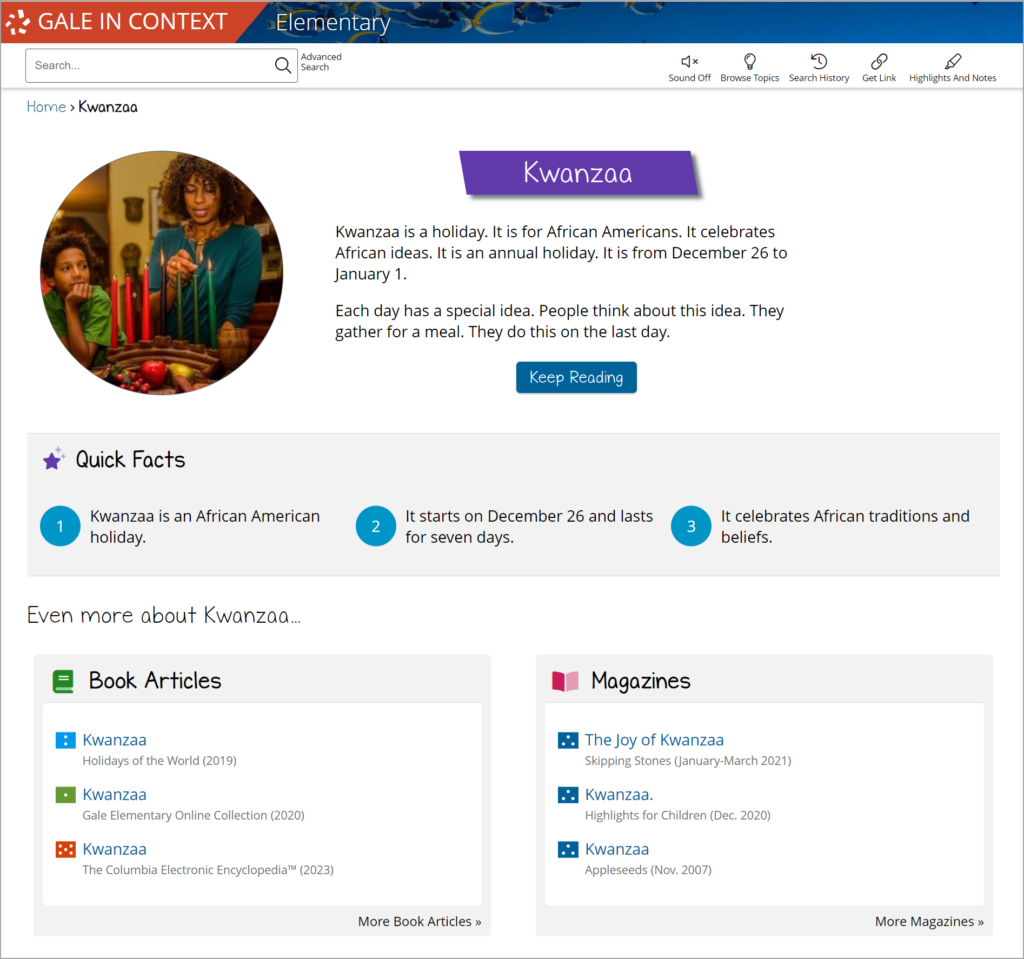Seasons tidings to you!
It’s often amazing to see the multitude of global celebrations that occur in December, amidst the joyous holiday season. These rich and diverse customs not only bring joy but also serve as reflections of the varied cultural identities around the world.
Recognizing these festive occasions broadens our cultural understanding and should extend to the classroom.
Educational programs and activities that explore cultural diversity via the engaging lens of various global holidays can have profound impacts on children’s overall cultural sensitivity and understanding.
Let’s delve into some of the intricacies of creating these programs and how to successfully implement them.
Embrace Holiday Traditions Around the Globe
Embarking on this journey through December holiday traditions, both familiar and perhaps new, can be an enlightening adventure.
Let’s take a closer look at some of these fascinating festivities you can explore using information gathered from Gale In Context: Elementary!
Christmas
Christmas, while popularly tied to Christian beliefs, has deep roots and a plethora of regional observances worldwide.

As one of the most universally recognized holidays, Christmas varies widely across cultures.
From the vibrant parols lighting up the Philippines to the giant Trafalgar Square Christmas tree in London, traditions are uniquely merry! Children could bake and decorate Christmas cookies, reminiscent of a global baking tradition abundant during this season.
The diverse nature of Christmas celebrations offers an expansive view of customs and traditions varying from one culture to another. Gale In Context: Elementary provides a treasure trove of information, presenting a comprehensive view of the global observance of Christmas. This resource also offers helpful strategies for integrating this variety into engaging lesson plans.
Hanukkah
Hanukkah, the Jewish Festival of Lights, is a time for family, blessings, and dreidel games. The history, significance, and customs associated with Hanukkah vividly embody elements of Jewish cultural heritage.
Gale In Context: Elementary provides substantial resources for understanding Hanukkah, allowing you to create engaging activities and discussion questions that elevate learning for students. Incorporate an interactive lesson on the history of the Maccabees and Menorah! And, of course, don’t miss out on making or eating the delightful latkes and sufganiyot (jelly doughnuts)!
Kwanzaa
Kwanzaa, a week-long celebration, focuses on community, African heritage, and culture. The seven principles of Kwanzaa could be the focus of a thoughtful discussion. Making a colorful mkeka (mat) or kinara (candle holder) can symbolize these principles beautifully.
With Gale In Context: Elementary, you can find invaluable content that brings Kwanzaa’s principles and traditions to the forefront.

Las Posadas
This Mexican festival reenacts Joseph and Mary’s journey to Bethlehem. Children can partake in a mini-procession and learn about the traditional breaking of the piñata. A tasting of the traditional Posadas punch would be an exciting treat!
Bodhi Day
Celebrated by Buddhists worldwide, observing Buddha’s enlightenment, Bodhi Day can be a serene experience. This event’s associated customs provide an opportunity for students to delve into the spiritual aspects of Buddhist culture. Introduce children to the concept of meditation or engage them in making beautiful Bodhi Leaf crafts. You might include a simple rice meal that symbolizes the meal Sujata offered to Buddha.
Saint Lucia’s Day
St. Lucia’s Day draws its roots from Scandinavia and is celebrated with much vigor in Sweden, Norway, and Finnish-speaking regions. This Scandinavian festival of lights is celebrated with a procession led by a girl portraying Saint Lucia. The making of Lussekatter, S-shaped saffron buns, could be a fun baking activity. Or, you could host your own festival where your class takes turns representing “Lucia,” leading a procession through the classroom while wearing a white robe and a crown of candles. Intrigue children with the stories of Saint Lucia and discuss the themes of light and vision.
Saturnalia and Yule: Pagan Celebrations
Finally, we have Saturnalia and Yule, celebrated during the winter solstice, giving insights into ancient traditions that have influenced modern festivities. Both Saturnalia and Yule celebrated during the Winter Solstice, exhibit ancient traditions that shape many customs we associate with the modern Christmas period. From the symbolism of the evergreen to feasts in honor of the Roman god Saturn — god of agriculture and time — studying these ancient holidays gives so much context to the holidays and traditions we hold today.
Gale In Context: Elementary provides an understanding of these celebrations’ historical and traditional aspects. The resource encourages students to engage more deeply with these celebrations, leading to a broader understanding of cultural diversity.
Integrating Gale In Context
After our journey through these distinct traditions, it becomes evident that while celebrations might geographically and culturally vary, their underlying theme of joy, gratitude, and togetherness remains universal. This unity in diversity is where the true holiday spirit resides.
With the seamless integration of Gale In Context: Elementary and Gale In Context: For Educators, enhancing lesson plans and educational resources becomes markedly easier. This platform assists in curriculum alignment and enables you to build a robust resource collection tailored to students’ needs. This database, when used in tandem with your curriculum, provides a holistic approach to teaching about diverse December holidays, making learning both enriching and enjoyable.
With Gale In Context: Elementary and Gale In Context: For Educators, your journey through these distinct December holiday traditions worldwide can be a path filled with learning, experience, and fun!

